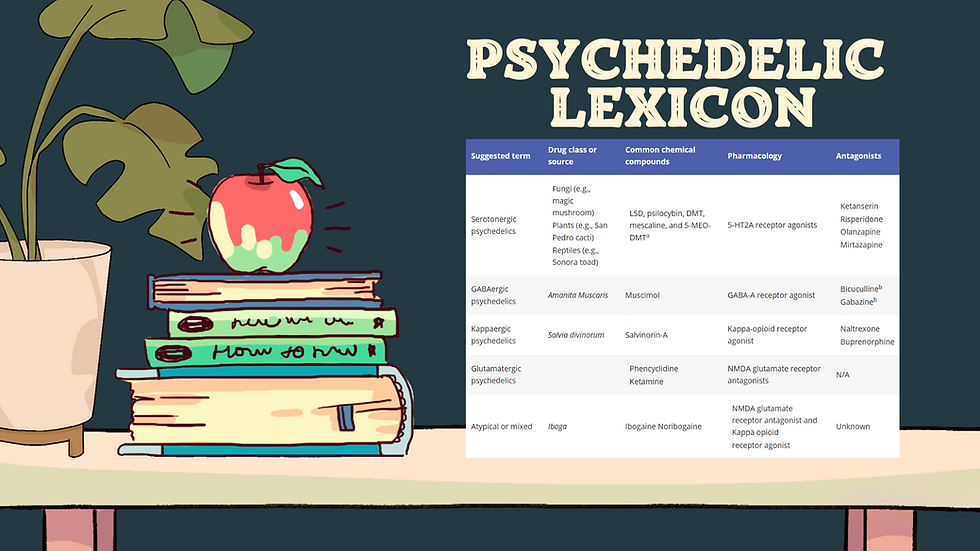Do the risks of khat-induced dependence and psychosis warrant the 2014 UK ban?
- Drug Science
- Feb 12, 2016
- 1 min read
Updated: Apr 9, 2024

Khat leaves originate in East Africa and the Arabian Peninsula and are chewed socially for their psychoactive properties. The main constituents of khat, cathinone and cathine, are illegal substances in most of Europe, including the UK, which reclassified khat as a Class C drug in June 2014.
Case reports of khat-induced psychosis and dependence are not supported with robust scientific studies, and evidence for a causal relationship is lacking. Cross-sectional population studies reveal that khat abuse is affected by a range of susceptibility factors, such as psychological trauma; this has been experienced by many khat users, due to civil war and/or migration. Most studies on animal models of khat-induced dependence or psychosis use its psychoactive ingredient, cathinone, rather than khat extract. However, the unique chewing method of khat diminishes its addictive potential due to slow and prolonged absorption. Furthermore, the effects of the other constituents present in khat leaves are not well understood.
While there are multiple criteria for banning a drug, this review considers the scientific evidence regarding two frequently mentioned criteria: dependence potential and psychosis. It concludes that further investigation, which takes into account susceptibility factors, is required to justify such intervention.
This research was published in the Drug Science, Policy and Law Journal the definitive source of evidence-based information and comment for academics, scientists, policymakers, frontline workers and the general public on drugs and related issues
For open-access to the full report of this research, see below:




